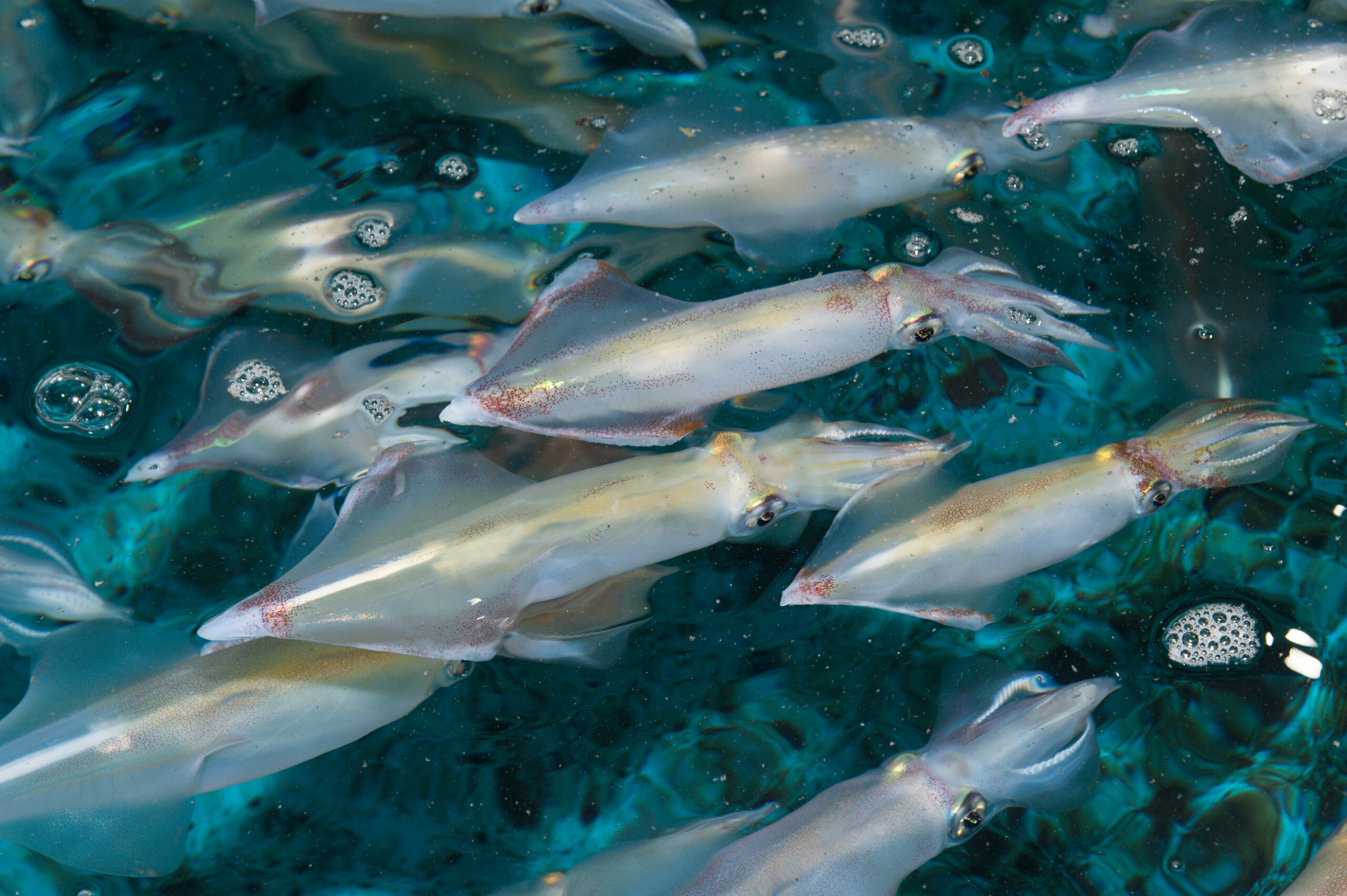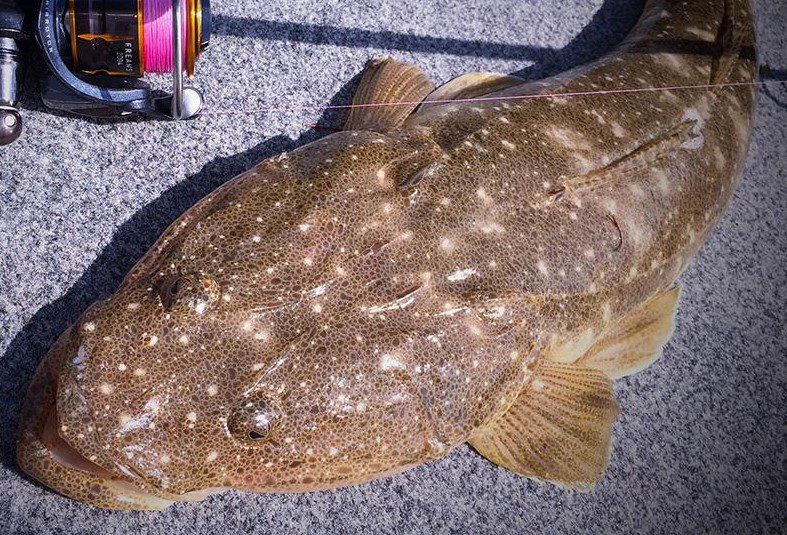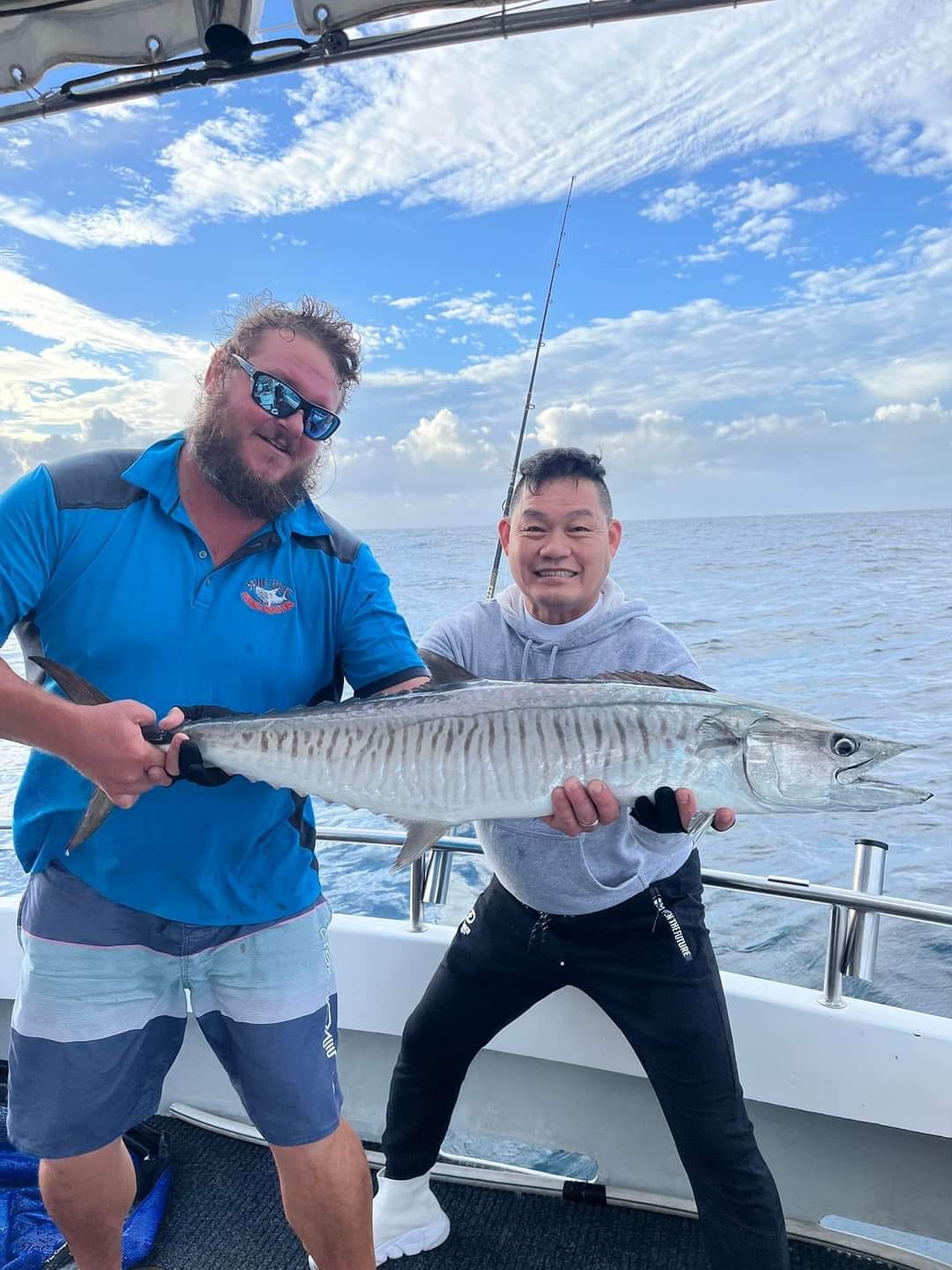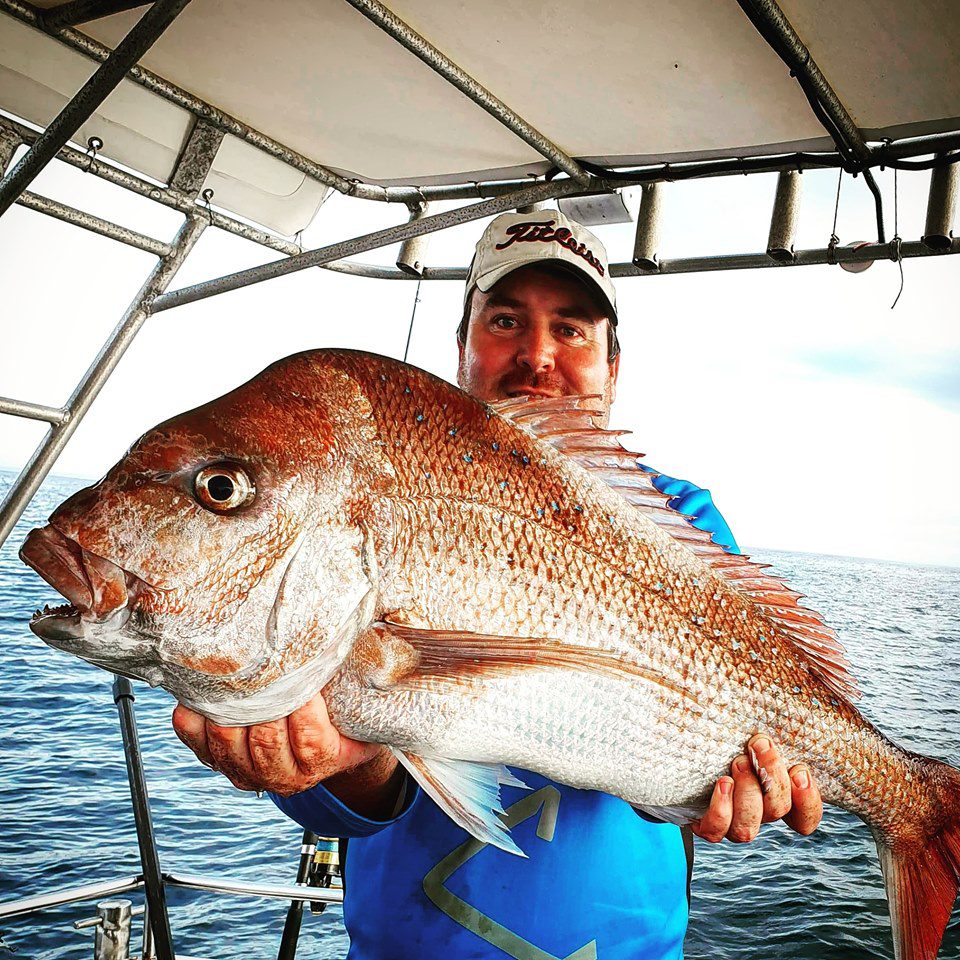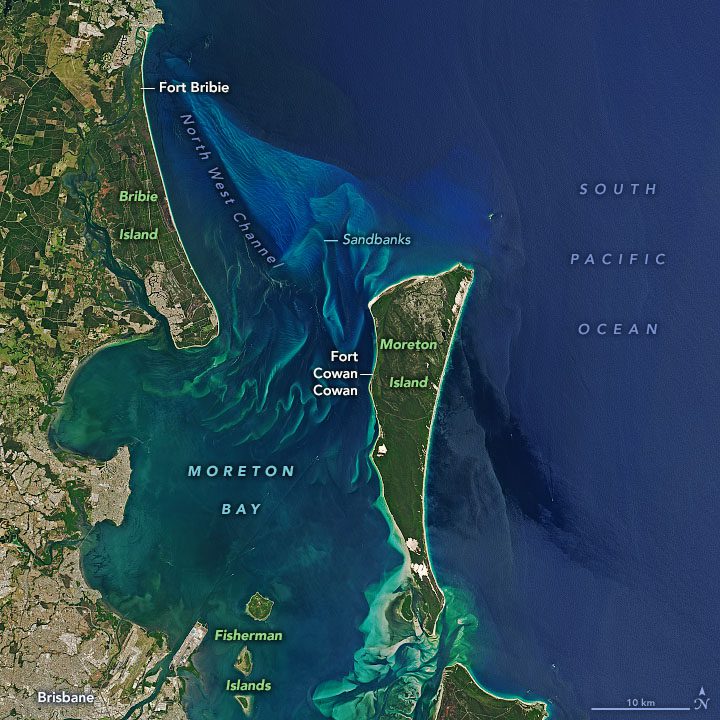“Squid Fishing Gold Coast – Brisbane – Tweed Heads: A Comprehensive Guide”
Squid – the Cephalopods of the Gold Coast
Australia’s coastal waters are home to a diverse array of squid, calamari, and cuttlefish species, and the Gold Coast region is no exception. Here, we delve into the world of squid fishing, providing insights into the most common species you’ll encounter and the tips and techniques that will help you reel in these fascinating creatures.
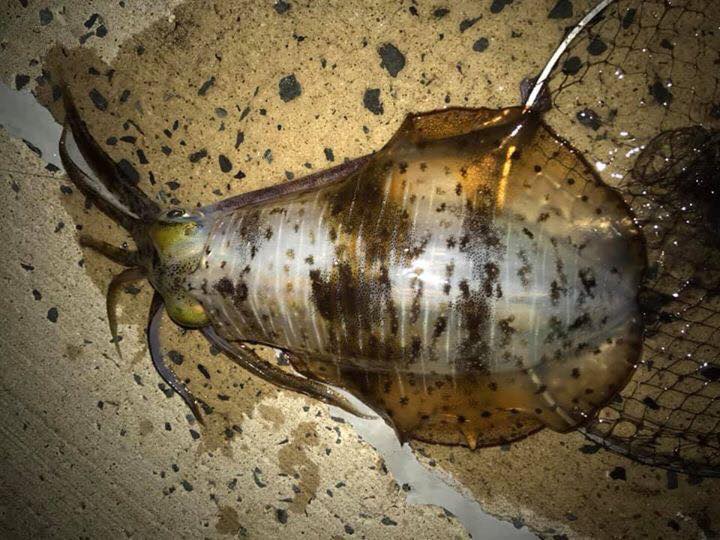
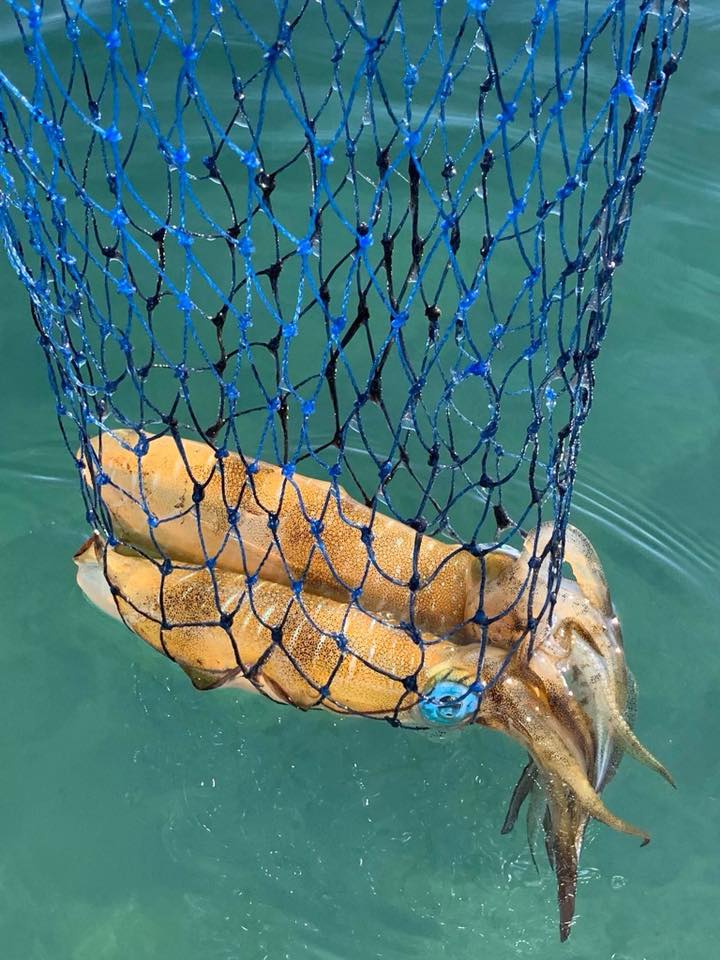
Meet the Common Squid Species of the Gold Coast
Cuttlefish (Sepia apama and Sepia pharaonis): These versatile creatures are found throughout Australian waters. Giant cuttlefish roam over reefs and grassy seabeds out to the continental shelf, while smaller species, like the Pharaoh’s cuttlefish, can be spotted on close reefs, inshore reefs, and grassy seabeds. Some cuttlefish can grow up to a whopping 5 kilograms and 52 centimeters in length, with a total of 10 different species inhabiting Australian waters.
Gould’s Squid (Nototodarus Gouldi): Ranging from the southern Barrier Reef to Geraldton in Western Australia, Gould’s squid prefers deeper waters between 50 meters to 200 meters. During winter months, smaller models can be found in estuaries and bays, with individuals capable of reaching up to 1.6 kilograms and 40 centimeters in size.
Loligo Squid (Loligo Formosa and Loligo chinensis): Along the New South Wales coast and estuaries, Loligo squid are often found near weed beds and riverbeds, spreading out at night. These squid can grow up to 200 grams and 25 centimeters.
Luminous Bay Squid (Loliolus noctiluca): Stretching along the east coast of Australia, from the Gulf to Bass Strait and the east coast of Tasmania, Luminous bay squid thrive in bays, estuaries, and brackish water. Typically, they’re located over reefs and grassy seabeds up to 50 meters deep and are characterized by dark spots on their bodies with yellow-pink coloring. These squid have wings that extend half their body length and grow to around 10 centimeters.
Northern Calamari (Tiger Squid) (Sepioteuthis Lessoniana): Found in nearshore coastal waters, bays, estuaries, and offshore reefs up to 100 meters deep, northern calamari can reach sizes of 2 kilograms and 42 centimeters in length. Their range extends from northern New South Wales to Sharks Bay in Western Australia.
Southern Calamari (Sepioteuthis Australis): Inhabiting inshore reefs up to 100 meters deep, bay areas, estuaries, and inlets, southern calamari can grow impressively large, reaching sizes of up to 4 kilograms and 55 centimeters.
The Squid Life Cycle and Spawning
Squid exhibit rapid growth, with juveniles gaining approximately 30% of their body weight daily, leading to an increase in biomass of 10-15% per day during the first half of their life cycle. As they mature, this growth rate drops to around 5%. Squid typically have a short lifespan, with most species living for about 12 to 18 months, although some, like giant squid and cuttlefish, may live for 3 to 5 years. Female squid can lay up to 100,000 eggs, with both males and females dying after spawning, contributing to the marine food chain.
Squid’s Defense Mechanisms
Squid possess fascinating defense mechanisms. They can change the texture and color of their skin to blend with their surroundings, using color for communication, hunting, or evading predators. As a last resort, they release ink to blind or confuse their pursuers, making their escape.
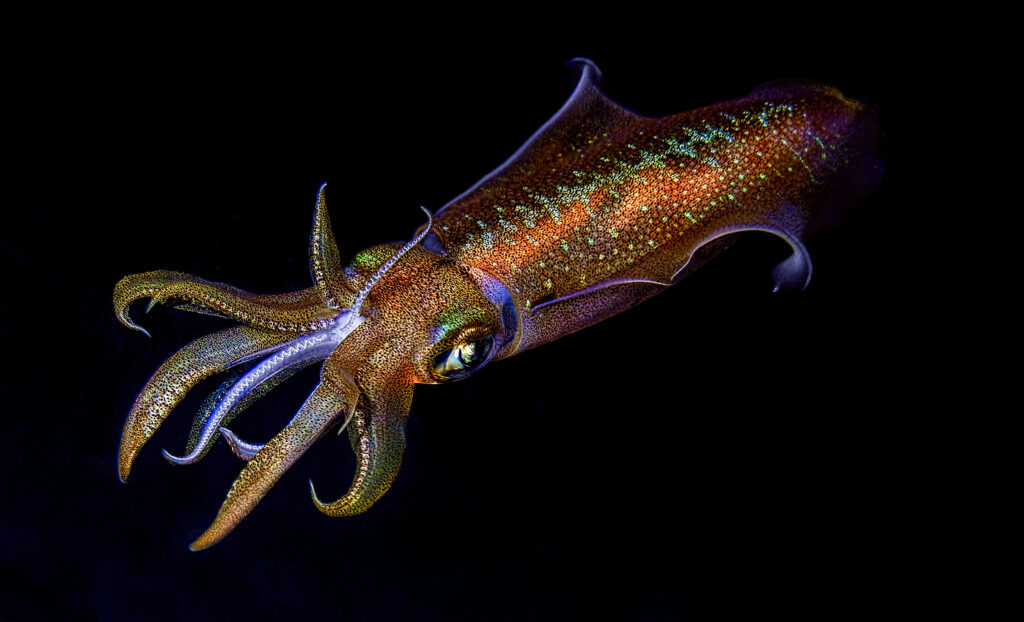
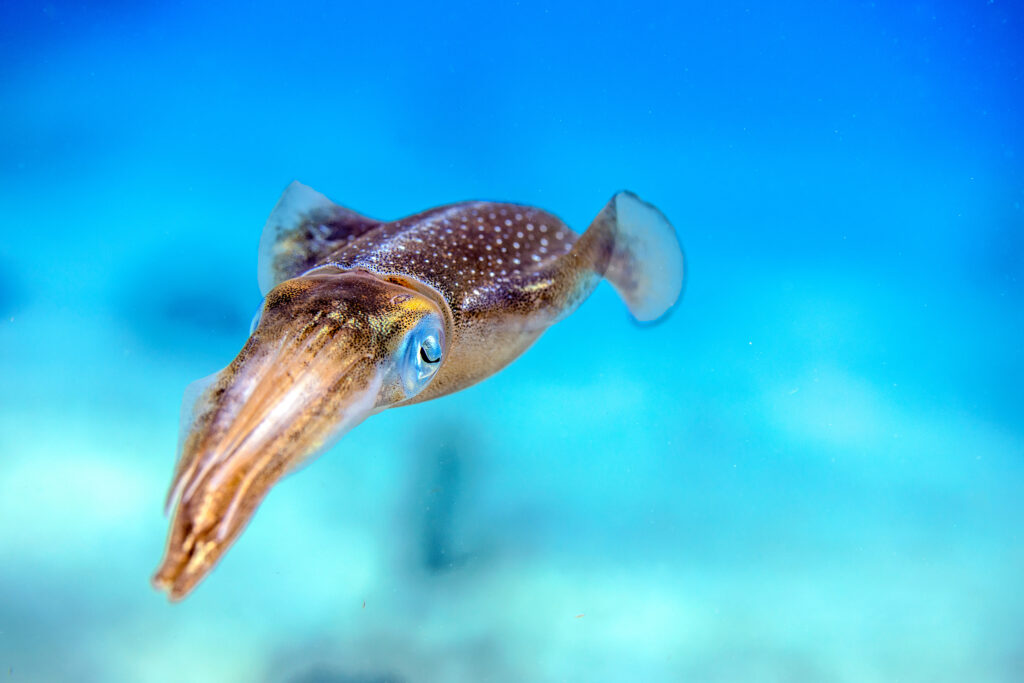
Squid Fishing in the Gold Coast
Tiger squid and arrow squid can be found in the Gold Coast Broadwater, Moreton Bay, Harvey Bay, and along coastal reefs off Tweed and the Gold Coast. These creatures are most active during the winter and cooler months, favoring habitats such as weed beds, seagrass, coral, rocky reefs, and deeper holes in bays and estuaries. They primarily feed on small to medium prawns, fish, crustaceans, and even other squid, displaying a somewhat cannibalistic appetite.
For successful squid fishing in the Gold Coast, try baiting with banana prawns, pilchards, or strip baits like mullet and tuna. Using squid spikes under a float keeps your bait off the bottom and in the strike zone, and it helps you detect when a squid takes the bait.
Jigging for Squid
The effectiveness of jigging for squid depends on various factors like weather, water clarity, light, current, and depth. Experiment with different jig sizes and colors to match local conditions and preferences. Sometimes, high UV or glow patterns work better, while on other days, natural colors like black or white are more effective. Chin weights can assist in getting smaller jigs down in deeper water.
When using a jig under a float, set the jig height just off the bottom to the mid-water column.
Squid Fishing Set-Up
A simple and effective set-up for squid fishing includes a 6-10lb braid or mono line attached to an 8-14lb leader. Pair this with a 2-4kg or 3-6kg rod and a 1000-2500 reel.
Artificial Lighting
Using artificial lights can attract bait, which, in turn, brings in squid. Drifting with lights on and off can yield different results, as some nights, the presence of light can make all the difference.
Preservation and Cleaning
For those planning to cook their catch, it’s essential to dispatch squid swiftly to ensure tenderness. An EGI spike is effective, as it ensures all three of the squid’s brains are instantly incapacitated. This results in clear to white-colored meat, indicating proper dispatching. Store your squid on ice to maintain freshness.
Cooking Tips
Soaking squid in kiwi fruit for 30 minutes to 3 hours can help tenderize the flesh, thanks to the enzymes in the fruit. When cooking squid, aim for 50 seconds of frying time to maintain tenderness, whether you’re deep frying, shallow frying, or pan frying.
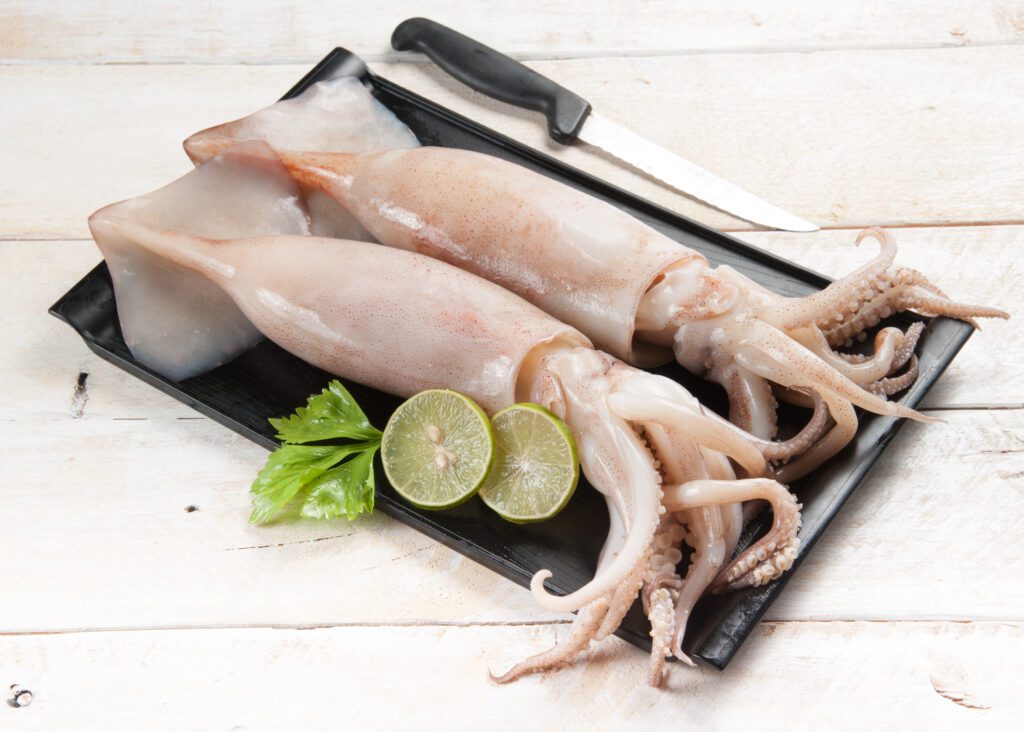
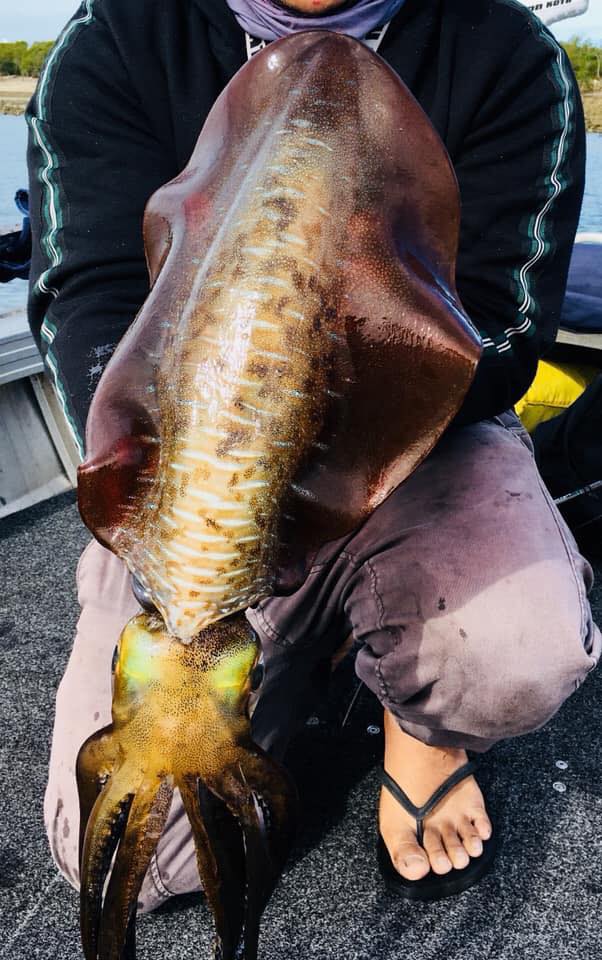
Size and Bag Limits
It’s essential to be aware of size and bag limits for squid in your region. In Queensland, there are no size limits and a bag limit of 20 on cuttlefish and squid (excluding tiger squid). In New South Wales, there is no size limit, and the general bag limit is 20 for all non-listed species. However, Southern Calamari has a bag limit of 15 per person.
In conclusion, squid fishing in the Gold Coast offers not only a rewarding culinary experience but also excellent bait for various species. Whether you’re fishing inshore or offshore, these fascinating creatures are waiting to test your angling skills. So, happy squid fishing, and enjoy your fresh catch!

